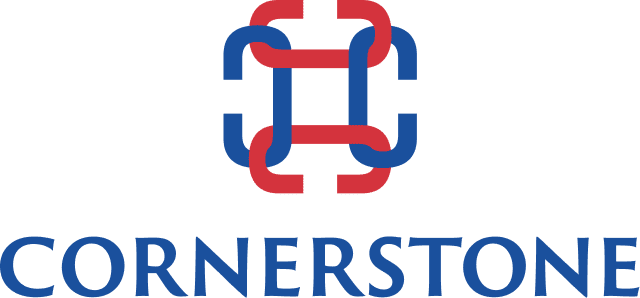When Good Leaders Hand Off
Business leaders face the daily choice of how to use the most limited resource available to them: time. Their challenge is to continually lead more effectively and efficiently at higher levels of organizational complexity.
Almost every leader I have met admits that week after week they do some things that someone else on their team could easily do. Their rationale includes not wanting to lose the time it would take to get someone up to speed on the task and often an assumption that they can do it faster and better than anyone else.
That choice to keep doing what another could do keeps them from letting go of the urgent to address the more important. It’s the danger of defaulting to one’s subject matter expertise in operational tactics rather than stepping away from operations to think about strategy.
The strategic role of leadership is to see around the corner—to see what others do not yet see. It demands time away from operations by climbing to that 30,000-foot perspective to discover what’s ahead. It requires the analysis and synthesis of relevant data: the latest information about the industry, the market, the customer, the competition, the vendor, the employee base, and the changes in technology.
Since time is limited, the invitation to every leader is to offload some tasks so they can address more important responsibilities.
It is the “urgent important” dilemma. How do leaders address the conundrum?
Handing Off and Letting Go
Delegation is a handing off process combined with a letting go process. Responsibility (handing off) is an assignment the leader gives to a team member along with accountability for results. Authority (letting go) is the appropriate power a leader gives to a team member to use time and organizational resources to reach a shared outcome.
The return on investment? The team member gets a stretch assignment that enhances their leadership capacity. The leader frees up time and resources to give attention to strategic issues of greater organizational complexity.
There is a four-step process of getting a team member ready for full responsibility and full authority. When leaders don’t go through all four steps, it diminishes their ability to lead at higher levels of organizational complexity. It also prevents the development of direct reports through the stretch assignments that are handed off.
And together it keeps the organization from achieving its productivity potential of delivering services or products efficiently and effectively.
Answering the “Who” Question
First, there are four delegation selection questions when a leader is considering which team member is ready for a stretch assignment.
- The Competence Question: Can they do this delegated assignment?
- The Bandwidth Question: Do they have time to do this delegated assignment?
- The Personal Drive Question: Will they successfully complete the delegated assignment?
- The Cultural Fit Question: Will we like them while they do the delegated assignment?
The Delegation Matrix
Developmental delegation is a process that leverages four messages designed to meet team members at each stage of readiness to take on a new responsibility.
- Stage One: Low Responsibility/Low Authority. The leader communicates to the team member, “Come watch me do this.” Then they debrief on what the team member observed.
- Stage Two: High Responsibility/Low Authority. The leader communicates, “Let’s do this together. You help me.” Then they discuss what the team member observed, experienced, and learned.
- Stage Three: Low Responsibility/High Authority. The leader says, “Let’s do this together. This time, I’ll watch you do it.” Then, the leader provides feedback for discussion from what was observed.
- Stage Four: High Responsibility/High Authority. The leader finally says, “Now you do it, and I will be available to support you.” Then, the leader delegates full responsibility and full authority with ongoing review and support.
Delegation Readiness and Stretch Assignments
Recent leadership development research indicates the value of stretch assignments as the optimum approach to move emerging leaders from a talent pool into a leadership development pipeline.
The formula includes four components: microlearning around leadership competencies; coaching conversations around learning application; on-the-job application to develop new leadership habits, skills, and behaviors, and reflection that leads to more learning and new application.
Investing in the development of team members not only frees up the leader to address more strategic concerns, but it contributes to the engagement and retention of your best talent.
It also shapes an organizational culture with a reputation that attracts the best talent in the competitive landscape.
Delegation only happens by choice, never by chance.
(Editor: Dick Daniels is founder of the Leadership Development Group, a Cornerstone Certified Leadership Executive Coach, and a regular contributor to the global blog. This article first appeared on the web pages of the Association for Talent Development)



